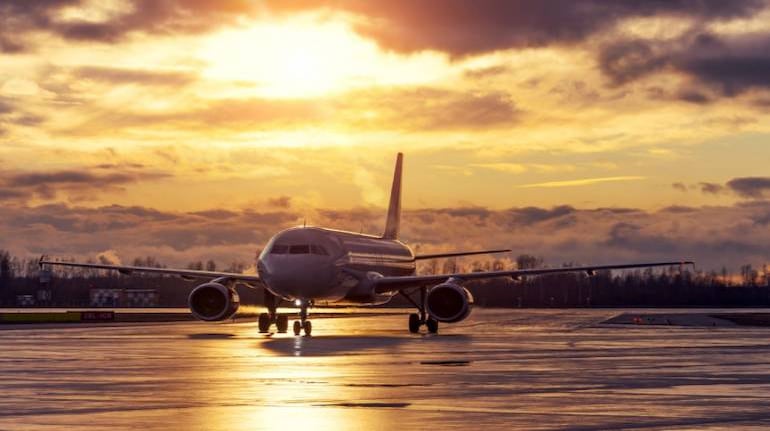



As news came in of the suspension of services by Hyderabad-based regional carrier TruJet, the focus is back on India being a graveyard for airlines due to the competition, cost structure and other challenges. TruJet, which began operations in July 2015 and at its peak had seven aircraft, is the longest serving regional player, having managed so far to do something that many others in the sector haven’t been able to— survive. The history of Indian aviation is littered with dead airlines and more so in the regional space. The list includes casualties such as Air Costa, Air Pegasus, Paramount and Air Carnival. TruJet’s dream could end soon if it is not able to restart operations.
Last April, the airline was in the news of a possible scaling up with investments from NRI businessman Laxmi Prasad, who had earlier evinced interest in bidding for Air India. But there was little movement on that front, despite the airline having its air operating permit upgraded for national operations from the earlier regional routes.
TruJet made the most of the routes under Regional Connectivity Scheme - UDAN, being a major player in the first phase even as others like Air Odisha and Air Deccan faltered. But as the exclusivity period came to an end and with it the subsidy offered by the government, making routes work on a commercial basis—especially during the pandemic—became a large challenge.
Airports losing connectivity
There are certain airports that are monopoly ones for TruJet. These include Jalgaon, Bidar, Kadapa and Salem. Some of these have been without scheduled service over the last few months as TruJet struggled with finances and operations. If the airline folds, it will be a blow to the government’s efforts to increase connectivity and flights at smaller airports.
TruJet’s presence is restricted to the south and west with approval for flights to 25 stations in the winter schedule. A few like Keshod in Gujarat never saw operations and many have seen reduced or sporadic operations.
This also means that certain routes like Mumbai-Kolhapur and Mumbai-Nanded will be lost. While this may be good news for Mumbai airport since it would get rid of the ATR slots and offer them to players to operate jets, which helps handle additional air traffic, it may not be good news for passengers from towns that are losing connectivity.
Who benefits if TruJet does go down?
TruJet started the current winter schedule with four aircraft parked at Hyderabad and one at Ahmedabad. Both airports are constrained for night parking and competing airlines will be vying to add these slots. Hyderabad is the hub for IndiGo’s ATR operations and the leading Indian airline would be happy to add additional aircraft. SpiceJet is the other operator which has the Q400 aircraft in its fleet and could try and occupy the space that TruJet vacates. SpiceJet, though, is itself shrinking and any new routes would mean curtailing existing ones, something it has been doing in the past, even for the RCS-UDAN routes. IndiGo, on the other hand, has 15 more ATR72s yet to be delivered.
The Q400, though a turboprop like the ATR72, cannot operate on all routes where the ATR72 operates. With a length of 32.84m and a fuselage diameter of 2.89m, Q400 aircraft required Category VI firefighting equipment at airport compared to category V for ATR 72 with a length of 27.2m and 2.57m fuselage diameter. Categories I to V require one vehicle for aircraft rescue and firefighting and categories VI and VII require two vehicles. This means that an infrastructure upgrade would be required for SpiceJet’s Q400s to be accommodated on routes that were a monopoly for TruJet and involved airports that were seeing only ATR operations.
The most prized slots, though, could be the ones at Mumbai where TruJet holds three pairs of slots daily to operate to Nanded, Kolhapur and Jalgaon.
Tail note
It is a mighty fall for the airline from discussing induction of A220 or the E2 family less than a year ago to being on its knees at a time when traffic has gone up and recorded best figures since the beginning of the pandemic.
History suggests that no airline in India has been able to restart after suspending operations. Even Jet Airways is yet to be revived. Can TruJet push through investments and infuse funds? Time will tell, but either way, it is a wakeup call for the government to work towards easing regulations for smaller airlines to survive in the interest of passengers.
Discover the latest Business News, Sensex, and Nifty updates. Obtain Personal Finance insights, tax queries, and expert opinions on Moneycontrol or download the Moneycontrol App to stay updated!
Find the best of Al News in one place, specially curated for you every weekend.
Stay on top of the latest tech trends and biggest startup news.